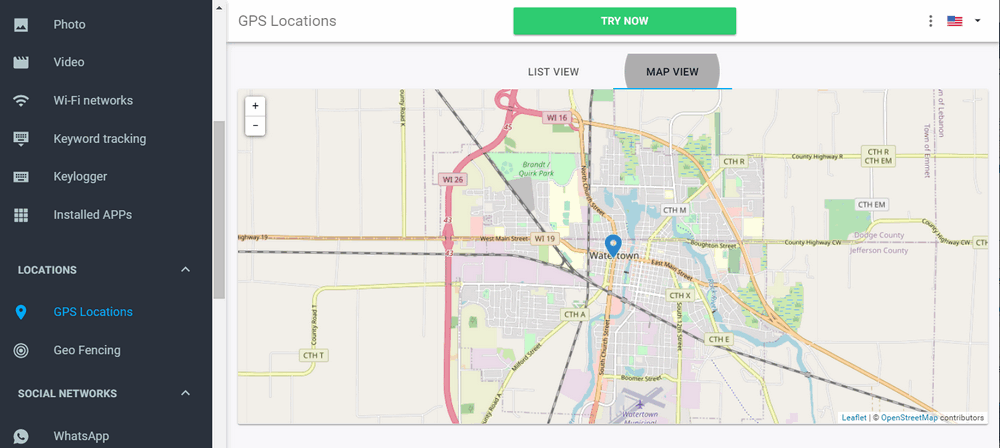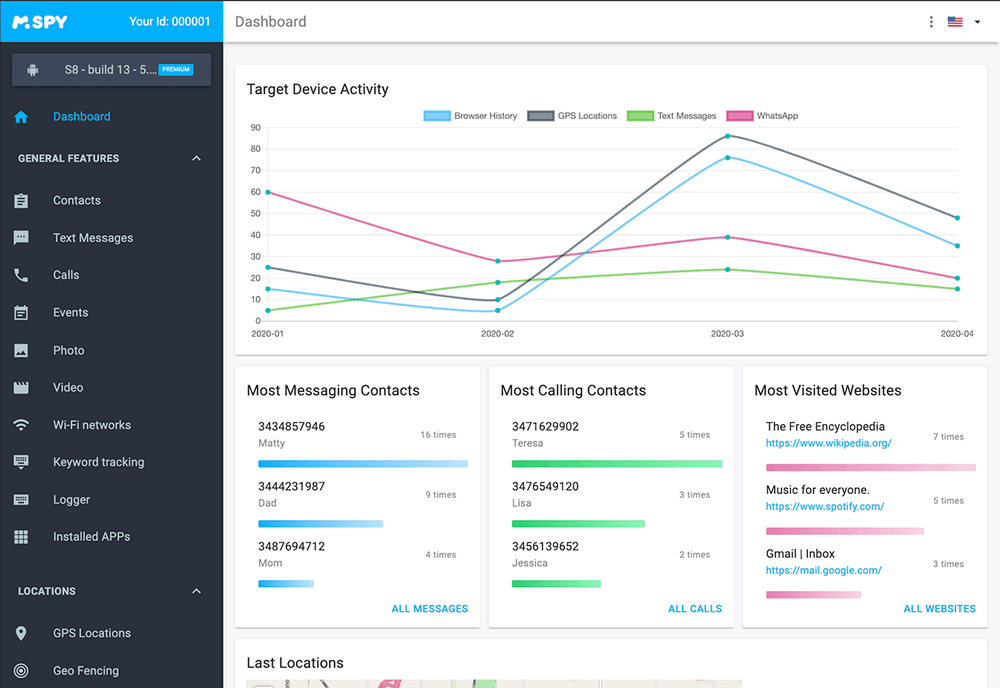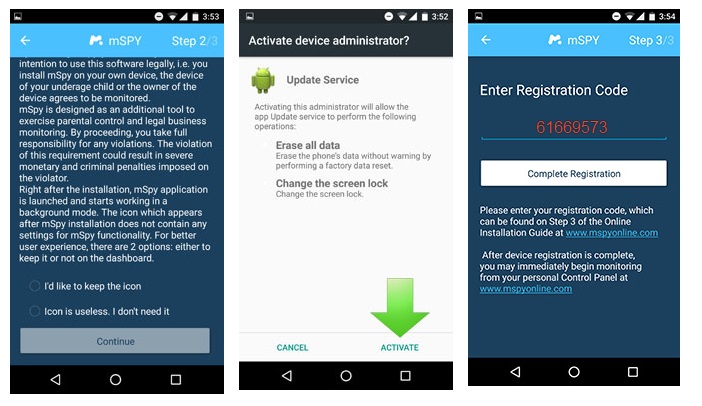Things You Need to Know about Bullying at School
Bullying in schools has always existed, but perhaps not more than today. Bullying has become a widespread problem and in some cases is becoming so serious that its long-term effects can be life-threatening.
With this in mind, it is not surprising that so many students, parents, and teachers are looking for answers about how to deal with bullying situations and, more importantly, to minimize the risks of this. happen completely. Today, we will explore all you need to know about bullying in schools and the ways in which everyone can be proactive in ending bullying.

What are the truths about bullying in schools
Before embarking on the solutions, it is important to ensure that we look at the facts. Below, we will talk about all the latest statistics and facts about bullying in schools, providing us with the knowledge we need to fight and start preventing bullying in schools.
- According to DoSomething.org, more than 3.2 million students are bullied each year. This concerns more than 160,000 students who do not go to schools to avoid it. This, of course, has long-term effects on the individual's education and personal growth.
- 25% of teachers say they do not see anything wrong with bullying and think it's a normal part of life. On average, in the United States, only about 4% of teachers commit themselves if they notice an act of intimidation.
- In addition to the facts of bullying in schools, only 30% of boys and 40% of girls will talk to their teachers when they feel intimidated by the age of 14, accounts for about 65% of bullying cases go under the radar.
- In total, approximately 54% of those under 25 say they have been bullied at certain points in their lives. About 20% of respondents reported being verbally bullied.
- In general, people who have been bullied in the past develop a tendency to bully others in the future.
- More than 33% of people who are bullied will develop mental health problems directly related to their experiences. Anxiety and depression are some of these conditions.
- About 25% of bullying students in schools will develop suicidal thoughts because of their experiences. This risk is much higher if the student feels isolated and has no one to talk to about the situation.
As you can see, bullying in schools may be much more common than many people think, so it's more important than ever that everyone has the conversation and come together to fight it.
Types of bullying in schools
When you think of bullying, you can think of the stereotypical version of a bully meeting a smaller child in the playground to make fun of them and steal his lunch money. While this may be the case, there are many other forms of bullying.
Verbal bullying
Verbal harassment is certainly one of the most common types of bullying in schools, as the name suggests, when verbal slurs are used to victimize an individual or a group of individuals. Although verbal bullying can sometimes be quite harmless, especially among friends, it can quickly become uncontrollable.
Verbal bullying can take many forms: teasing, insults, humiliation and generally considered worse, sexualized references, gender insults and racist slurs.
Social bullying
Social bullying refers to an indirect form of bullying, but remains one of the most common types of bullying in schools. This is where someone will talk about someone behind their back in a way that will defame that person's image or reputation.
This is also known as "secret intimidation" and is much harder to recognize because it does not happen directly but the consequences can be just as dangerous. It is also used humiliation or to create jokes at the expense of others that, over time, have social consequences.
Social bullying can take different forms: encouraging others to exclude or avoid an individual, spreading rumors about someone, lying about them, making uncomfortable jokes about them, or even imitating them malicious.
Harassment on the internet
Cyberbullying is perhaps the most common type of bullying in schools. Today, students are increasingly connected and, as they are always "connected", the risk of cyberbullying is huge especially in social networks.
Cyberbullying can take many forms, from commenting on unwelcome posts about someone's posts, uploading images or videos of someone, tracking them online, or sending verbal abuse. via private messaging platforms directly or in the form of social intimidation.
This form of bullying makes individuals feel extremely isolated, both online, out of school and at school, and is extremely difficult to manage and monitor as it can take place without access to teachers and parents.
Physical intimidation
When you think of bullying, physical bullying is perhaps the image you will create in your head. This is one of the most common types of bullying in schools and one of the most obvious.
Physical intimidation can cover everything from blows and pinches to punches and kicks. This can be hand-to-hand, or using a weapon, whatever its size can be used. Damaging someone else's property also falls into this category.
Prevent bullying at school with mSpy
Know that we know everything about bullying, what it is about and how it can happen, it's time to start thinking about solving the problem once and for all. Although the law requires schools to adopt a policy against bullying, it is not uncommon for parents to feel left out.
After all, you can not go to school anytime. Sometimes children can be disconnected from reality and do not want to tell you what's going on for an infinite number of reasons. However, there is a solution that can help you identify the problem and solve it.
mSpy is a powerful parental control app that works on both iOS and Android devices and lets you stay on top of what's going on in your kid's life via mobile devices. After all, since kids are so connected, it will be easy to know what's going on.

Once installed, mSpy provides you with a number of features that can help you.
SMS tracking
The latest feature added to the mSpy software to help prevent bullying in schools; SMS tracking allows your phone to receive notifications when your child's phone receives a text message containing keywords that indicate bullying.
This helps you to know if your child is bullied or intimidates someone else, and to identify other people involved.
![]()
Location and georectify
Another powerful mSpy feature you can use the app to track your child's position at any time using GPS technology. This helps you determine if your child is going to school or is safe to keep safe.
To simplify things, you can also configure georectify settings that will send you a notification if your child comes in or out of a certain area you set.

Screen time monitoring
It's easy for children to become obsessed with their digital devices when they are bullied. Maybe they keep reading messages and comments again and again or they try to post desperately to try to change someone's opinion.
On the other hand, if your child is a bully, he can use his device to cyber-bully other children, causing distress and injury. Whichever you choose, you can use mSpy to know when, where and how long your child uses their device, blocking access for as long as you want.

How to use mSpy to prevent bullying in school
Starting to use mSpy is simple and we will show you how to proceed with the following steps.
Step 1- Sign up for a mSpy account
Select one of the mSpy subscriptions and fill out the order form. Complete your payment and check your email for the installation instructions.

Step 2- Install and Set Up
Download mSpy and install the mobile tracking software onto your child’s phone. Please note: Premium features require rooting your Android or jailbreaking your iOS device.
On Android devices, you must accept all the requested permissions for the application to work fully.

Step 3- Start using mSpy
To use mSpy, simply open the app on your device and you will be redirected to your mSpy dashboard. In the menu, simply press the function you want to use such as SMS tracking and you can use it instantly.

Conclusion
While bullying can remain a problem in schools around the world, by knowing the facts about bullying in schools, as well as the types of bullying in schools and how we can prevent it, we can all work together to solve this problem once and for all.
YOU MAY ALSO LIKE
- How to Hack Someone's Android Phone Gallery?
- 10 Highly Preferred Internet Browsing History Tracking Apps for Android and iPhone
- The Best Parental Controls for Teen Social Media Apps
- These Anti-bullying Videos Can Help you Better Understand Bullying
- Lock2Learn Parental Control Reviews
- Parental Control Software Review
- The Best Website Blockers for Studying of 2021
- 5 Family Budget Apps to Help Your Family Save Money
- Best Call Recorder Pro for Android 2021
- Android Monitoring Apps that will keep trending in 2021
![]() > How-to > Parental Control > Things You Need to Know about Bullying at School
> How-to > Parental Control > Things You Need to Know about Bullying at School